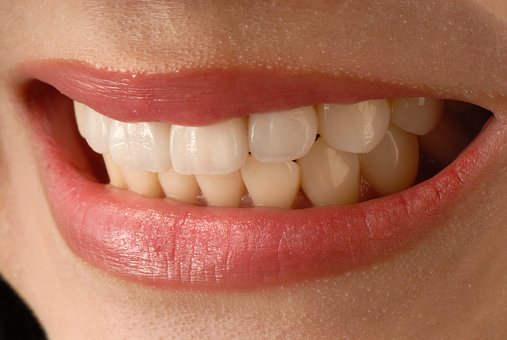Oral cancer is a type of cancer that begins in the mouth or throat. While it’s a serious condition, understanding how it starts can empower individuals to take preventive steps and recognize early warning signs. But how exactly does cancer develop in the oral cavity?
Understanding the Basics
Cancer starts when healthy cells in the body begin to change and grow uncontrollably. In the oral cavity—which includes the lips, gums, tongue, inner cheeks, floor of the mouth, and roof of the mouth—these changes often begin at the cellular level. Normally, cells grow and divide in an orderly way. However, when a mutation occurs in a cell’s DNA, it can cause the cell to multiply abnormally, forming a tumor.
From Healthy to Abnormal: The Process
In the case of oral cancer, the process often begins with damage or irritation to the cells lining the mouth. This damage can be caused by several risk factors like tobacco, alcohol, or chronic trauma. Over time, these harmful agents can cause the DNA in the mouth’s epithelial cells (the thin layer of cells covering the oral cavity) to mutate.
Initially, this might result in precancerous changes known as dysplasia. These changes may not be cancerous yet, but they signal that the cells are behaving abnormally and could potentially turn into cancer if left untreated. If the abnormal cells continue to grow and invade surrounding tissues, it becomes cancerous.
Common Risk Factors That Trigger This Process
Several risk factors are known to initiate this cellular transformation:
-
Tobacco Use: Cigarettes, cigars, chewing tobacco, and pipes expose the mouth to cancer-causing chemicals.
-
Alcohol Consumption: Excessive drinking can irritate the mouth and make tissues more vulnerable to damage.
-
HPV Infection: The human papillomavirus, particularly strain HPV-16, is linked to oropharyngeal cancers.
-
Sun Exposure: Prolonged UV exposure can lead to cancer on the lips.
-
Poor Oral Hygiene and Diet: Chronic inflammation, infections, or nutritional deficiencies can contribute to cellular damage.
Symptoms to Watch For
Early signs of oral cancer include persistent mouth sores, red or white patches, lumps, pain while chewing or swallowing, and numbness in the mouth. These signs should never be ignored, as early detection greatly improves the chances of successful treatment.
Conclusion
Cancer in the oral cavity doesn’t happen overnight—it’s often the result of long-term damage to the cells in your mouth. By understanding how it starts, you can make informed choices to reduce your risk. Regular dental checkups, a healthy lifestyle, and attention to early symptoms are your best defenses against oral cancer.



